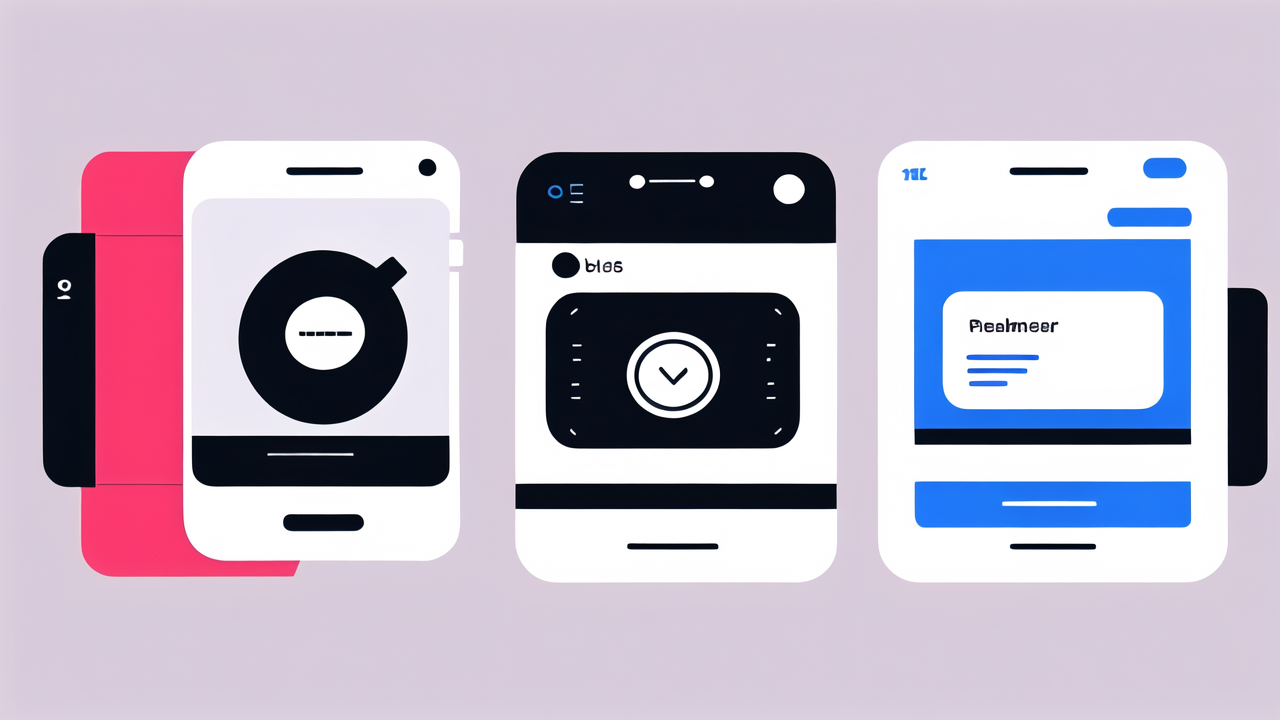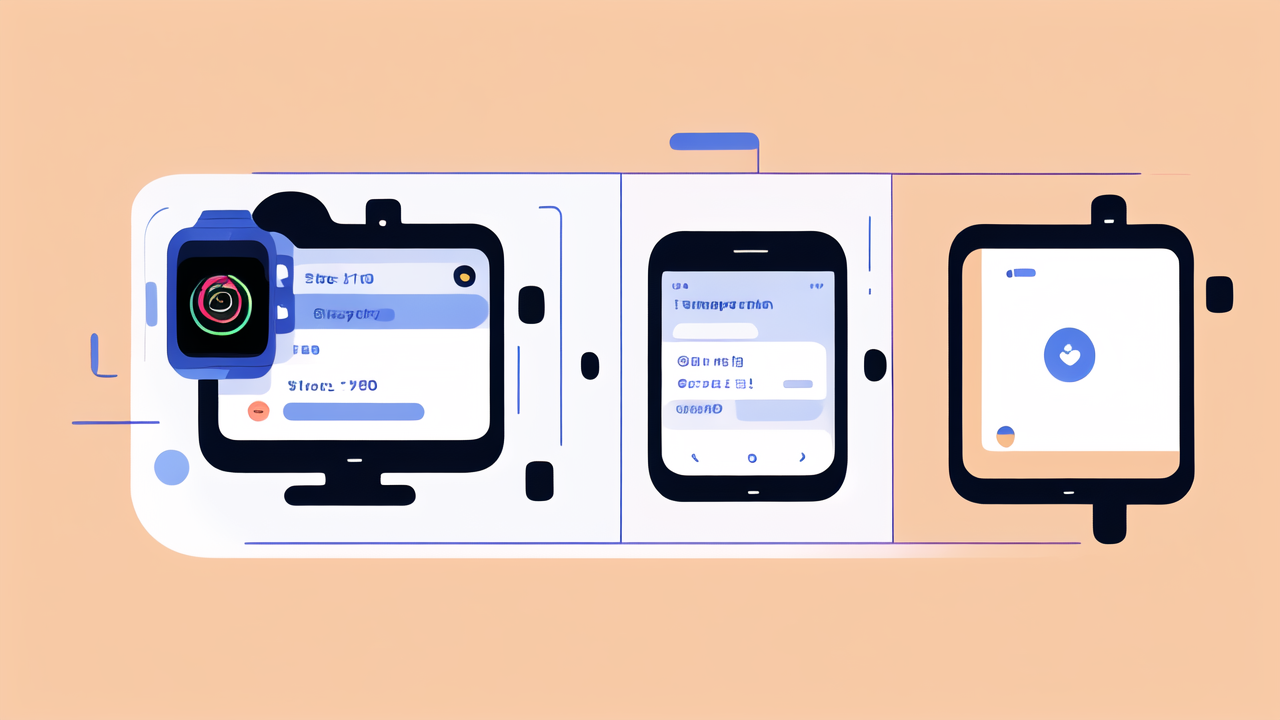The Evolution of Smart Watches in the Fashion Industry
From Niche to Mainstream: The Rise of Smart Fashion
Smart watches have come a long way since their inception. Once seen as clunky gadgets, they've evolved into stylish accessories. Early models were bulky and lacked aesthetic appeal. Today, they blend seamlessly with various fashion styles.

The shift began when tech companies realized the importance of design. They started collaborating with fashion brands to create appealing products. This move helped smart watches gain acceptance among fashion-conscious consumers.
As technology improved, so did the watches' functionality and look. They became slimmer, more elegant, and offered customizable faces. This versatility allowed users to match their watch to any outfit or occasion.
Innovative Features Shaping the Modern Smartwatch
Modern smart watches are packed with features that go beyond telling time. They've become personal assistants on our wrists. Fitness tracking is now standard, monitoring steps, heart rate, and sleep patterns.
Voice assistants like Siri and Google Assistant are integrated into many models. They allow users to make calls, send texts, and set reminders hands-free. Some watches even offer contactless payments, making transactions quick and easy.
GPS navigation and music storage have made smart watches ideal for runners and athletes. Water resistance has improved, allowing swimmers to track their workouts too. These features make smart watches valuable tools for active lifestyles.
The Impact of Design on Smart Watch Adoption
Design plays a crucial role in smart watch adoption. As these devices become more fashion-forward, their appeal broadens. Many consumers now see smart watches as jewelry or status symbols.
Customizable watch faces allow users to express their style. Some brands offer interchangeable straps, from sporty silicone to elegant leather. This versatility makes smart watches suitable for both casual and formal settings.
The focus on design has also led to collaborations with luxury brands. These partnerships create high-end smart watches that appeal to fashion enthusiasts. As a result, smart watches are now seen in fashion shows and on red carpets.
Cutting-Edge Technologies in Today's Smart Watches
Advanced Health Metrics and Wellness Integration
Health tracking in smart watches has become increasingly sophisticated. Beyond basic step counting, many now offer advanced metrics. These include blood oxygen levels, ECG readings, and stress monitoring.

Some watches can detect falls and automatically call for help. This feature is particularly valuable for elderly users. Sleep tracking has also improved, offering detailed insights into sleep quality and patterns.
Mental health is another area of focus. Some watches offer guided breathing exercises and meditation apps. These features help users manage stress and maintain overall well-being.
Connectivity and Compatibility in the Smart Watch Market
Connectivity is a key feature of modern smart watches. Most can pair with smartphones, allowing users to receive notifications on their wrist. This includes calls, texts, emails, and app alerts.
Many watches now offer standalone cellular connectivity. This means they can function independently of a smartphone. Users can make calls or stream music directly from their watch.
Compatibility with various ecosystems has improved. Some watches work with both iOS and Android devices. This flexibility gives consumers more options when choosing a smart watch.
Next-Gen Materials and Durability in Wearable Tech
Smart watch manufacturers are constantly exploring new materials. Lightweight yet durable materials like titanium and ceramic are becoming more common. These materials enhance both the look and longevity of the watches.
Scratch-resistant glass is now standard on many models. Some use sapphire crystal, which is nearly as hard as diamond. This ensures the watch face remains clear and undamaged over time.
Advancements in battery technology have led to longer-lasting devices. Some smart watches can now go several days between charges. Solar charging is also being explored as a sustainable power option.
Navigating the Market: Choosing the Right Smart Watch
Consumer Preferences and Market Segmentation
The smart watch market has become increasingly diverse. Different segments cater to various consumer needs and preferences. Some focus on fitness enthusiasts, offering advanced workout tracking and coaching.

Others target fashion-conscious users with sleek designs and luxury materials. There are also rugged models for outdoor enthusiasts and adventure seekers. This segmentation helps consumers find a watch that fits their lifestyle.
Price points vary widely, from budget-friendly options to high-end luxury models. This range makes smart watches accessible to a broader audience. It also allows consumers to choose based on their budget and desired features.
Strategic Partnerships and Brand Collaborations
Partnerships between tech companies and fashion brands have become common. These collaborations bring together technological expertise and design prowess. The result is smart watches that are both functional and stylish.
Some partnerships focus on creating limited edition models. These exclusive releases generate buzz and appeal to collectors. They often feature unique designs or materials not found in standard models.
Fitness brands have also entered the smart watch market. They leverage their expertise in sports and wellness to create specialized devices. These watches often include advanced fitness features and coaching capabilities.
Regulatory Considerations and Compliance in the Smart Watch Industry
As smart watches collect more health data, regulatory oversight has increased. Manufacturers must comply with data protection laws like GDPR in Europe. They need to ensure user data is stored securely and used responsibly.
Some watches now offer medical-grade sensors. These require approval from health authorities like the FDA. This approval process ensures the accuracy and reliability of health-related features.
Privacy concerns are also being addressed. Many brands now offer enhanced privacy settings. These allow users to control what data is collected and how it's shared. Transparency in data practices is becoming a key selling point for smart watches.




Leave a comment
This site is protected by hCaptcha and the hCaptcha Privacy Policy and Terms of Service apply.